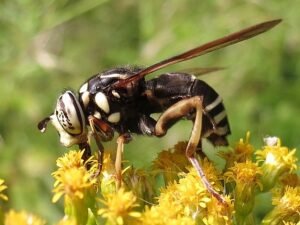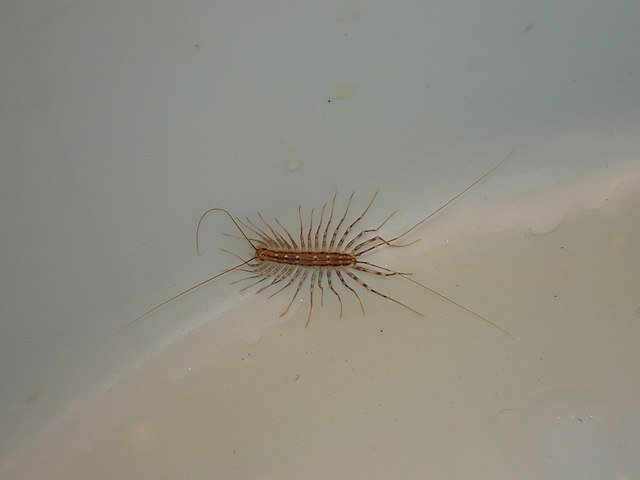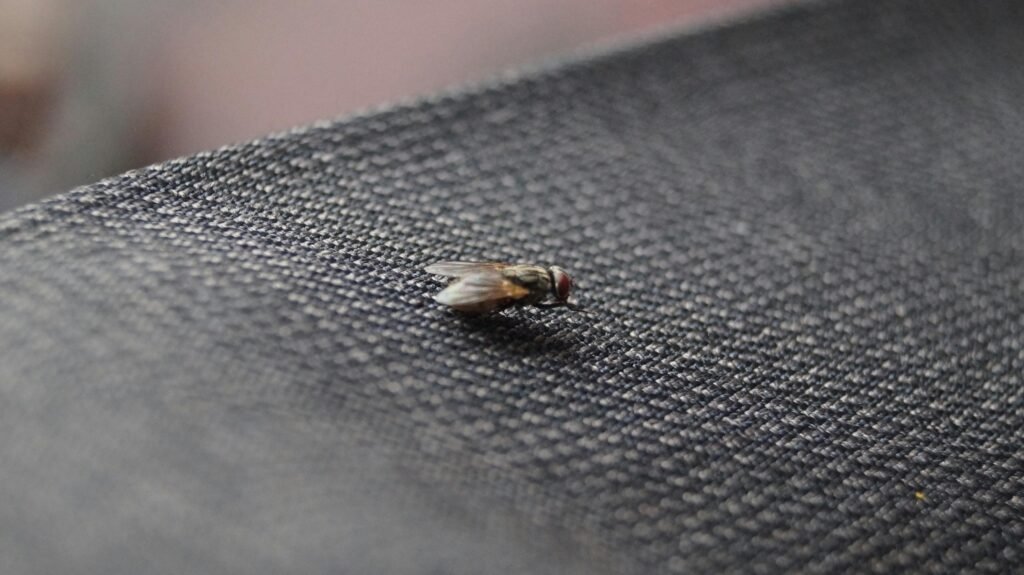Bald-Faced Hornets: Identification, Biology, Risks, and Control
 The bald-faced hornets (Dolichovespula maculata) is one of the most recognizable stinging insects in North America. Despite its name, it is not a “true hornet” but rather a large aerial yellowjacket. Its striking black-and-white body and impressive aerial nests make it stand out from other wasps.
The bald-faced hornets (Dolichovespula maculata) is one of the most recognizable stinging insects in North America. Despite its name, it is not a “true hornet” but rather a large aerial yellowjacket. Its striking black-and-white body and impressive aerial nests make it stand out from other wasps.
Bald-faced hornets are both admired and feared. They play a vital ecological role by preying on flies, caterpillars, and other insects, yet their aggressive nest defense and painful sting put them in direct conflict with humans. For many homeowners, these wasps are a seasonal nuisance that requires careful management.
This article provides a complete overview of bald-faced hornets, covering their biology, risks, distribution, control strategies, and even their role in culture and folklore.
Identification
Correct identification is crucial, since bald-faced hornets are often mistaken for true hornets or even bees.
Size: Workers measure 12–15 mm; queens may exceed 20 mm.
Color: Black body with distinctive white markings on the face, thorax, and abdominal tip.
Body shape: Smooth and elongated with a thin waist.
Wings: Dark, often appearing smoky or translucent gray.
Nest: Large, enclosed paper nests, shaped like a football or teardrop, suspended from trees, shrubs, utility poles, or building eaves.
Behavior: Highly territorial around nests, capable of stinging repeatedly.
Comparison: Unlike honey bees (Apis mellifera), bald-faced hornets lack body hair and do not collect pollen. Compared to European hornets (Vespa crabro), they are smaller and more vividly patterned.
Biology and Ecology
Nesting behavior
Colonies begin in spring when a queen emerges from hibernation.
Workers hatch in early summer, taking over foraging and nest expansion.
A mature nest may contain 400–700 individuals by late summer.
Nests are abandoned in autumn, and only new queens overwinter.
Diet
Adults feed on nectar, tree sap, and fruit juices.
Workers capture live insects—flies, caterpillars, and yellowjackets (Vespula spp.)—to feed larvae.
Known to scavenge around outdoor food and garbage, though less than ground-dwelling yellowjackets.
Reproduction
Reproductive males and new queens emerge in late summer.
After mating, males die, while queens seek sheltered overwintering sites under bark, in soil cavities, or hidden structures.
Ecological role
Regulate pest insect populations.
Serve as prey for birds such as tanagers and flycatchers.
Provide food for mammals like raccoons and bears, which destroy nests to reach larvae.
Global Distribution
The bald-faced hornet is native to North America.
United States: Widespread, most common in the eastern and central regions, but also present in the Pacific Northwest.
Canada: Found throughout southern Canada where winters are not extreme.
Mexico: Range extends into northern areas.
Unlike invasive species such as the Asian hornet (Vespa velutina), bald-faced hornets are not globally established. Their distribution is limited to North America, but within this range they thrive in both rural and urban landscapes.
Risks and Damage
Human health risks
Their sting causes sharp pain, swelling, and redness.
Multiple stings can be dangerous, especially for people with allergies (risk of anaphylaxis).
Aggressive defense of nests makes them a hazard in yards, playgrounds, and parks.
Property risks
Nests built on houses or near doors can make entry dangerous.
Paper nests inside attics or sheds can damage insulation.
DIY removal attempts often lead to injury.
Agricultural and ecological impact
Bald-faced hornets feed on fruit crops like apples and grapes.
Compete with honey bees (Apis mellifera) and other pollinators for nectar sources.
Large populations near orchards may cause fruit damage by piercing skins.
Signs of Infestation
Frequent sightings: Black-and-white wasps flying around trees, shrubs, or garbage areas.
Visible nest: Large, papery, football-shaped structures hanging in trees or on buildings.
Aggressive behavior: Sudden swarming or stings when approaching certain outdoor areas.
Buzzing noise: Coming from high nests in trees or building eaves.
Control Methods
Prevention
Regularly check property in spring for small starter nests.
Seal cracks and openings in buildings to prevent queens from nesting inside.
Keep outdoor food covered and garbage sealed.
Harvest ripe fruits promptly.
Physical control
Early-season nests (golf-ball to tennis-ball size) can be removed at night with protective gear.
Large nests should not be approached without professional equipment.
Wasp traps may reduce worker populations but rarely eliminate nests.
Chemical control
Aerosol sprays with long-range applicators can kill exposed workers and small nests.
Dust insecticides work well when applied to nest openings.
Professionals use protective suits and commercial-grade products for safe nest destruction.
Advanced Approaches
Integrated pest management (IPM): Combines monitoring, sanitation, and targeted treatments.
Eco-friendly deterrents: Peppermint oil and citronella sprays may discourage nest building.
Baiting systems: Experimental protein baits laced with insecticides target workers feeding larvae.
Research on pheromones: Scientists study chemical signals that may allow disruption of colony defense responses.
Public awareness: Educating communities about hornet behavior reduces fear and encourages safe practices.
Cultural and Historical Context
Bald-faced hornets have long been symbolic in North American folklore.
Indigenous peoples noted their role as hunters of insects.
In rural communities, large nests were sometimes kept as curiosities.
Sports teams and mascots occasionally adopt the bald-faced hornet image to convey strength and aggression.
In popular culture, they are often portrayed as symbols of danger and persistence.
FAQ Section
Q1: Are bald-faced hornets true hornets?
No. They are aerial yellowjackets, not true hornets.
Q2: How big can their nests get?
Up to 60 cm (2 feet) long, housing several hundred wasps.
Q3: Do bald-faced hornets sting repeatedly?
Yes. Like other wasps, they do not lose their stinger.
Q4: When are they most aggressive?
Late summer, when colonies are at peak population.
Q5: Can bald-faced hornets kill honey bees?
Yes. They hunt bees and other insects to feed larvae.
Q6: What happens to the nest in winter?
The colony dies. Only new queens survive, abandoning the old nest.
Q7: Can bald-faced hornets see at night?
They are diurnal but may be attracted to artificial lights at dusk.
Q8: Is DIY removal safe?
Not recommended for large nests. Professional control is safer
Final Thoughts
The bald-faced hornet (Dolichovespula maculata) is both a fierce defender of its colony and an important predator in North American ecosystems. Their striking black-and-white appearance, impressive nests, and highly defensive behavior make them unforgettable. While they help reduce populations of flies, caterpillars, and even other wasps, their painful sting and tendency to nest near people make them a serious nuisance.
For homeowners, the best approach is prevention—inspecting properties in spring, sealing entry points, and acting early before nests reach full size. Small nests may be removed with care, but large or inaccessible colonies are best handled by licensed pest control professionals. Looking ahead, research into eco-friendly deterrents and pheromone-based control may offer safer solutions for managing bald-faced hornets without harming beneficial pollinators.
The goal is not eradication but balance: reducing risks for people while respecting the insect’s ecological role.
Disclaimer
This article is for informational purposes only. Pest control laws and approved chemicals vary by country. For best results and legal safety, we strongly recommend contacting a licensed pest control professional in your local area. Always make sure that the pest control technician is properly certified or licensed, depending on your country’s regulations. It’s important to confirm that they only use approved products and apply them exactly as instructed on the product label. In most places in Europe, UK, or USA, following label directions is not just best practice—it’s the law.
Author Bio
Nasos Iliopoulos
BSc Agronomist & Certified Pest Control Expert
Scientific Director – Advance Services (Athens, Greece)
Licensed Pest Control Business – Ministry of Rural Development & Food (GR)
References
Wikipedia - Bald faced Hornet
Penn University- Bald Faced Hornet


